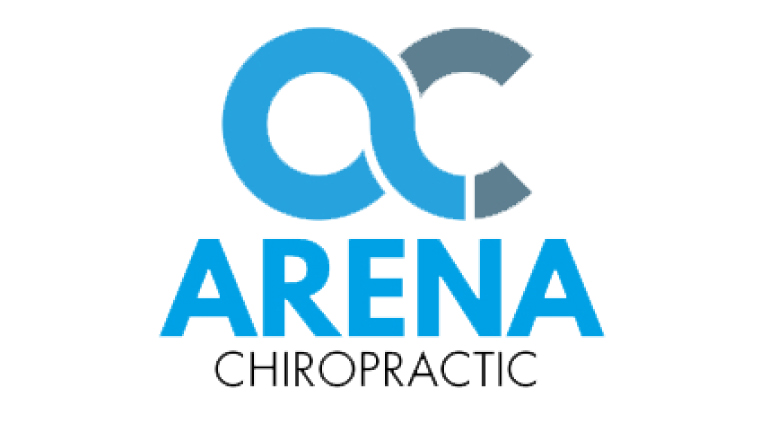Everyone is aware of the extremely high cost of most health care services. These costs can be measured not only in cash outlays, but also in time spent at a doctor’s office. Waiting times can often be an hour or more for a comprehensive physical examination at a family physician’s or internist’s office. If you have a problem that requires same-day attention, the waiting time at a local hospital emergency room is open-ended and can easily range into several hours or more.
Those fortunate enough to have health insurance are able to buffer some of the monetary expenses. But even with an individual or family health insurance policy, annual out-of-pocket costs continue to rise steeply as monthly premiums, co-payments, and deductibles increase substantially year-over-year. For example, during the past five years monthly premiums for many policies have increased 15% or more annually. This means that monthly payments in 2013 would be approximately double those paid in 2008. Twice the cost for the same coverage. That’s a tough situation. Of course, the fees don’t stop at the monthly premium. Many policies have deductibles in the range of $5000 or more.
Thus, if we want to enjoy good financial health as well as good physical health, we might consider getting a “personal” health insurance policy. Such a “policy” requires more effort than that involved in writing a check. Your personal health insurance policy involves taking action in the two main lifestyle areas of diet/nutrition and exercise. A third lifestyle area, often ignored, involves personal well-being. This area includes building increasingly positive family relationships and friendships and developing a broader set of interests beyond one’s favorite television stations and websites.
It is now well-established that lifestyle matters greatly to one’s long-term health and well-being.1,2 Numerous studies have shown that one in three Americans have one or more chronic diseases – diabetes, heart disease, and cancer. The personal and family costs, the financial costs, and the costs to society of chronic disease are high. By establishing habits of good nutrition, regular vigorous exercise, and rewarding relationships and activities, we help prevent these major health problems.3 By engaging in healthy lifestyles, we are taking action that will reap many rewards for ourselves and our families down the years.
The only requirement to begin receiving the benefits of improved health is the willingness to get started. Even if you haven’t done any regular exercise for many years, or if you can’t remember the last time you ate a serving of broccoli, fennel, or kale, you can still start the journey to better health today. And if you begin, it’s very possible that you’ll look back after 12 months, 6 months, or even 3 months and be very glad you did.
1Thorgeirsson T, Kawachi I: Behavioral Economics: Merging Psychology and Economics for Lifestyle Interventions. Am J Prev Med 44(2):185-189, 2013
2Anderson AS, et al: Promoting changes in diet and physical activity in breast and colorectal cancer screening settings- an unexplored opportunity for endorsing healthy behaviours. Cancer Prev Res 2013 Jan 16 (Epub ahead of print)
3Mitra A, et al: Mechanistic studies of lifestyle interventions in type 2 diabetes. World J Diabetes 3(12):201-207, 2012




